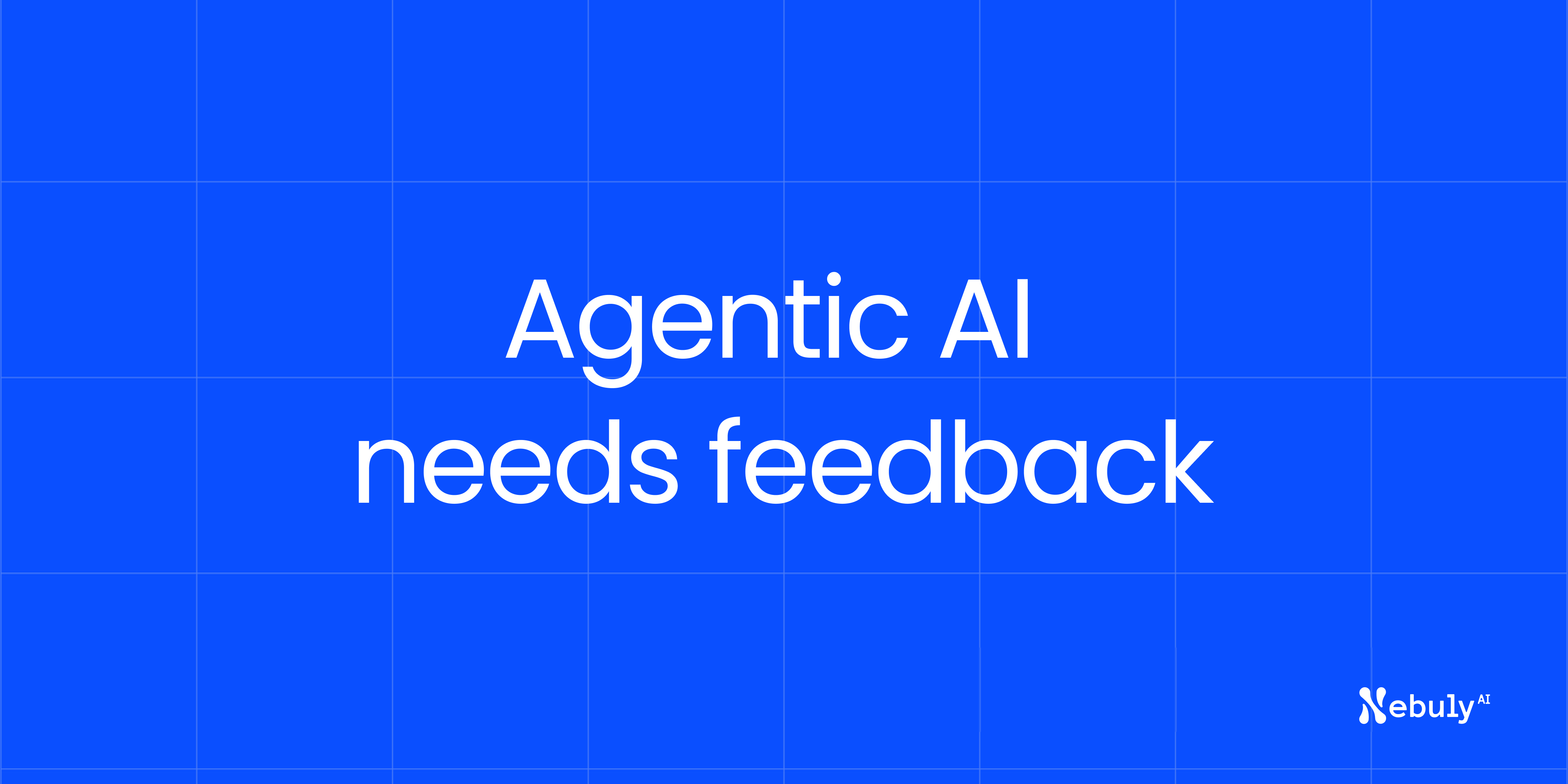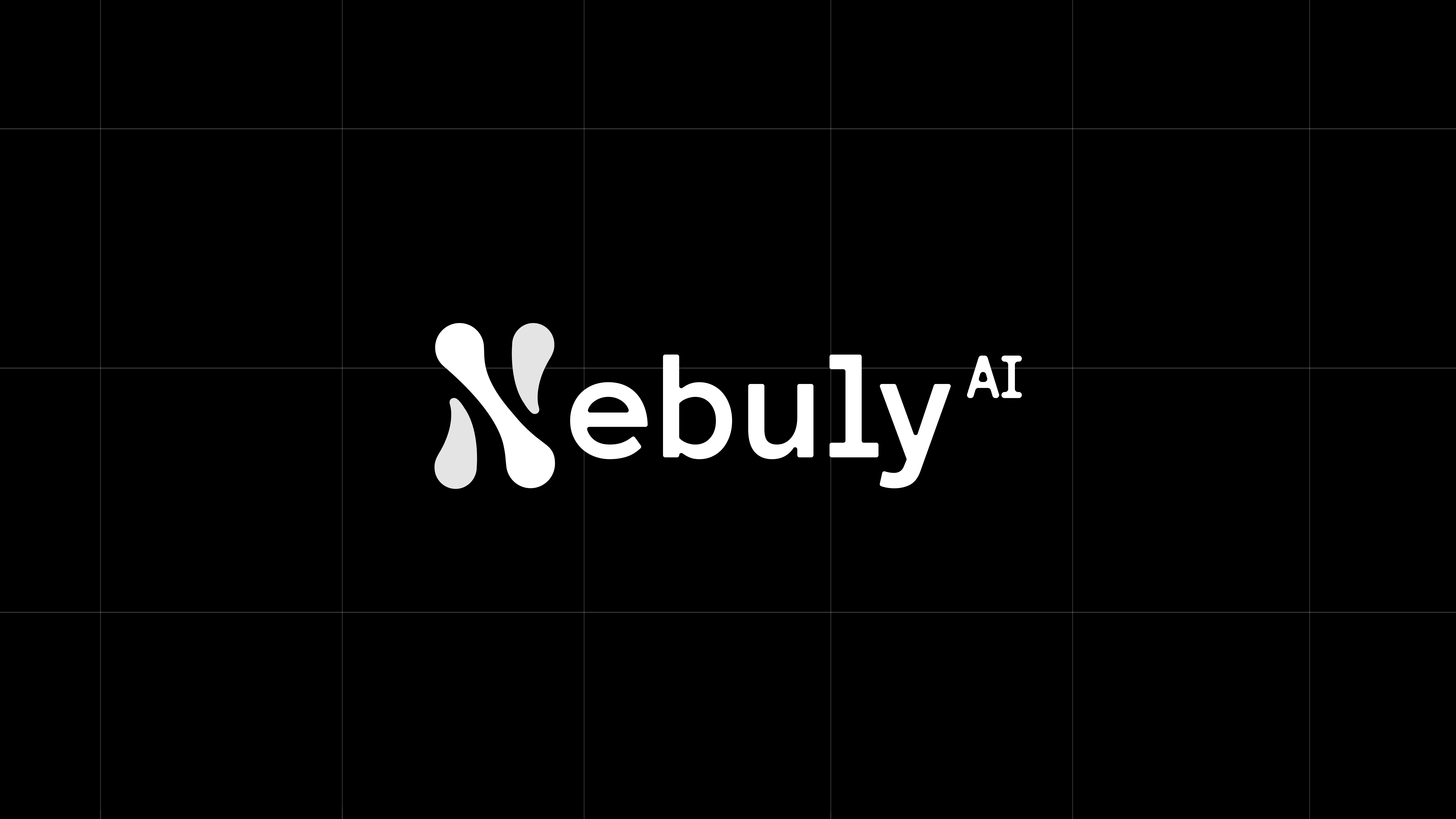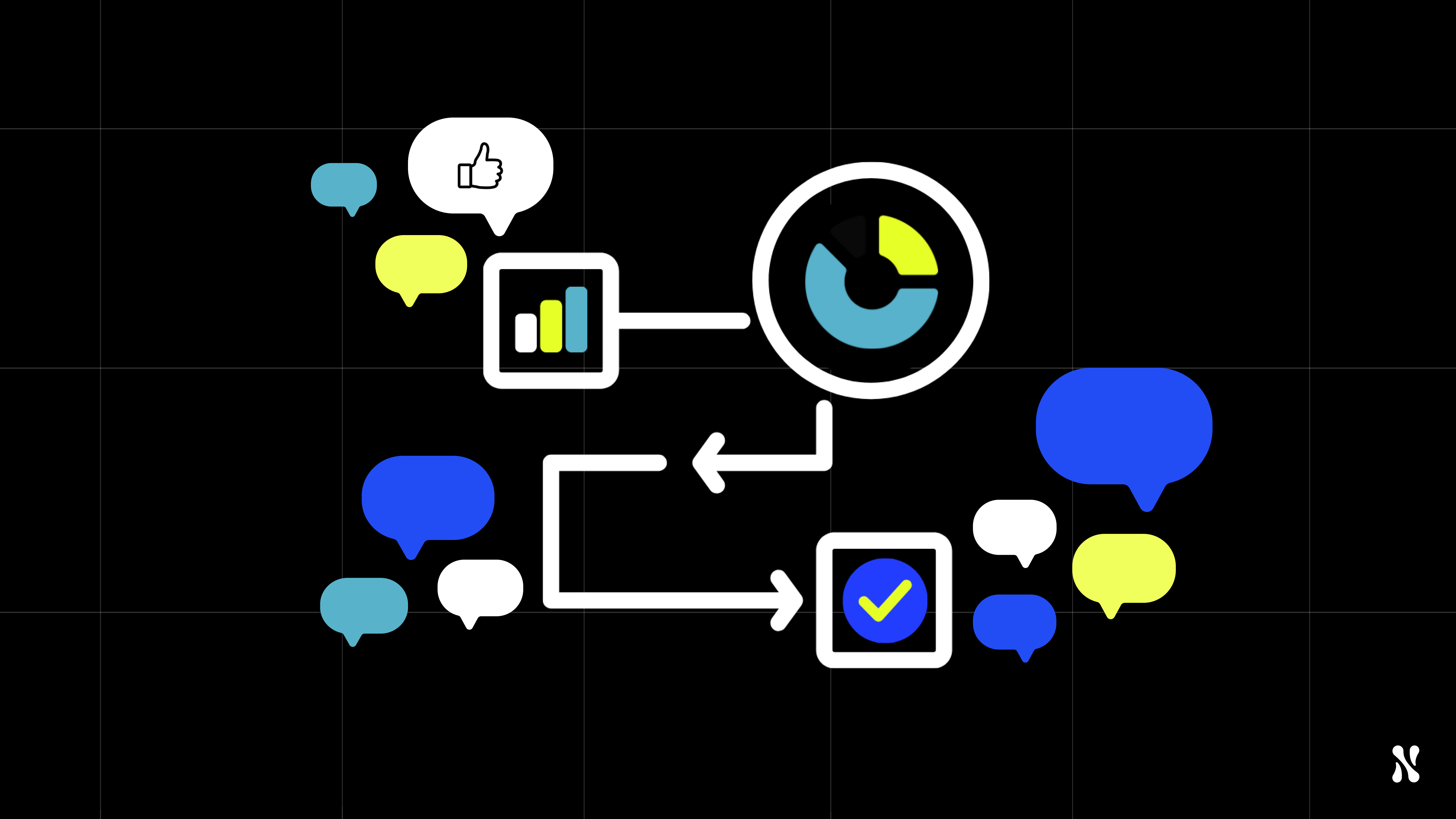Agentic AI adoption won’t scale without user trust, and user trust depends on feedback.
AI chatbots and copilots have so far been reactive helpers: they wait for user input and then respond. Agentic AI, by contrast, takes action. These autonomous agents can execute tasks and make decisions on a user’s behalf, from drafting emails to booking appointments, without step-by-step prompts.
This leap in capability comes with a fundamental challenge: how do we ensure users trust AI agents to act in their interest?
The answer lies in creating a continuous feedback loop between users and the AI. Without it, even the most advanced agent will struggle to gain traction in the enterprise.
From chatbots to agents: a shift in responsibility
With traditional chatbots or LLM copilots, users are in the driver’s seat, asking questions or making requests at each turn. The AI’s role is limited to providing answers or suggestions. If it’s wrong, the user can immediately course-correct or ignore the advice.
AI agents, on the other hand, operate with greater autonomy: they might chain together steps or initiate actions unprompted. This shifts more responsibility onto the system, which in turn raises the stakes for user trust.
An agent that misinterprets an objective or makes an opaque decision can erode confidence quickly. In fact, organizations often hesitate to deploy fully autonomous agents because the more autonomous a system, the less visibility humans have into its decisions. And while companies want the efficiency of automation, they cannot risk giving up control entirely.
Lack of trust is emerging as the real bottleneck in agentic AI adoption. Users and stakeholders need to feel confident that an AI agent won’t go off the rails.
Surveys bear this out: for example, 76% of customers feel AI introduces new data security risks, affecting their willingness to engage with AI-driven services. In enterprise settings, concerns about explainability, security, and reliability are front and center.
If people don’t trust an AI agent’s decisions, they simply won’t use it, or will severely limit its autonomy. That’s why leading teams say that AI agents must earn trust through reliability and transparency from day one.
It’s also why nearly two-thirds of enterprises report they can’t move their generative AI pilots into full production usage. The technology might be ready, but the users are not convinced. To bridge this gap, organizations are recognizing that trust isn’t achieved by AI performance alone, it’s achieved by how users experience those AI decisions.
Why user trust hinges on feedback loops
If trust is the currency of AI adoption, feedback is the mechanism that builds it.
For users to trust an autonomous agent, they need to feel heard and in control, especially when the agent makes a questionable choice. Unlike a traditional software feature, an AI agent’s behavior can’t be fully designed upfront; it will learn and change based on context.
This makes ongoing user feedback essential. Teams need new ways to track not just system performance, but how users respond to each AI decision or action. Did the user agree with the agent’s suggestion, or did they revert it? Were they confused by the agent’s response? Did they abandon the task out of frustration? These are critical signals that pure technical metrics won’t capture.
Feedback loops transform these blind spots into actionable insight.
They create a two-way flow: users get to influence the AI’s behavior, and product teams get visibility into user satisfaction. Consider what happens when there is no such loop: users who feel uncertain or frustrated will simply disengage. In many cases this “silent churn” occurs long before a complaint is raised.
To avoid this, agents must actively learn from every interaction, continually aligning themselves with user needs. Feedback is the bridge that connects what the AI did with how the user felt about it.
The continuous feedback loop in action
Establishing feedback loops means baking learning and monitoring into the agent’s lifecycle. It starts with acknowledging that deployment is just the beginning.
Once an AI agent is live, teams should treat every user interaction as a source of insight. For example, suppose an AI sales assistant agent autonomously drafts and sends follow-up emails to customers. If users frequently end up editing those emails or overriding the agent’s sends, that’s critical feedback – perhaps the tone isn’t right or the timing is off.
Without capturing that user behavior, the product team might wrongly conclude the agent is performing flawlessly (after all, from a system standpoint it did send the emails as instructed). In reality, user edits and overrides indicate trust has not been fully earned. Armed with that knowledge, the team can adjust the agent’s style or ask for confirmation in sensitive cases, closing the gap between what the AI thinks is correct and what users are comfortable with.
A well-tuned feedback loop has compounding benefits:
→ First, it gives product teams confidence to grant the agent more autonomy, because they have a mechanism to catch issues early.
→ Second, it signals to users that their experience matters – when they see improvements or tweaks that correspond to their behavior, it builds trust that the AI is responsive.
Simply put, an AI agent that adapts based on real user input will earn its place in the workflow much faster than one that operates in a vacuum.
Companies succeeding with AI agents have embraced this mindset: they combine technical monitoring with user-centric analytics and iterate based on actual user behavior, not just assumptions or lab tests. In doing so, they optimize for outcomes (user success, task completion, satisfaction) rather than just outputs.
Over time, this tight feedback loop can turn even skeptical users into confident adopters, because the agent is visibly getting better in response to their needs.
Agents that earn their place
The shift to agentic AI is a forward-looking revolution in how software operates. But its success rides on an age-old principle of product adoption: listen to your users.
AI agents need to earn trust through a cycle of action and feedback, just as a new team member earns trust by learning from guidance and proving reliability over time. Enterprises rolling out these agents must broaden their metrics to include the human experience – capturing intent, confusion, satisfaction, and drop-offs – not just system uptime or API latency.
By doing so, they ensure that their AI investments are guided by real user needs and not just technical possibility. The organizations that embrace this feedback loop ethos will turn AI from a flashy demo into a dependable teammate for their workforce. Those that ignore it risk deploying agents that technically work but practically sit unused.
Nebuly exists to make this feedback-driven future a reality. It gives AI and product teams the visibility to track real usage, learn from it, and iterate. Agents empowered by such a feedback loop will keep getting better and more aligned with users – and that is what will ultimately scale trust and adoption.
Ready to see how this works in practice for your own AI products? Book a personalized demo and discover how real-time user feedback can turn your autonomous AI initiatives into lasting success.






